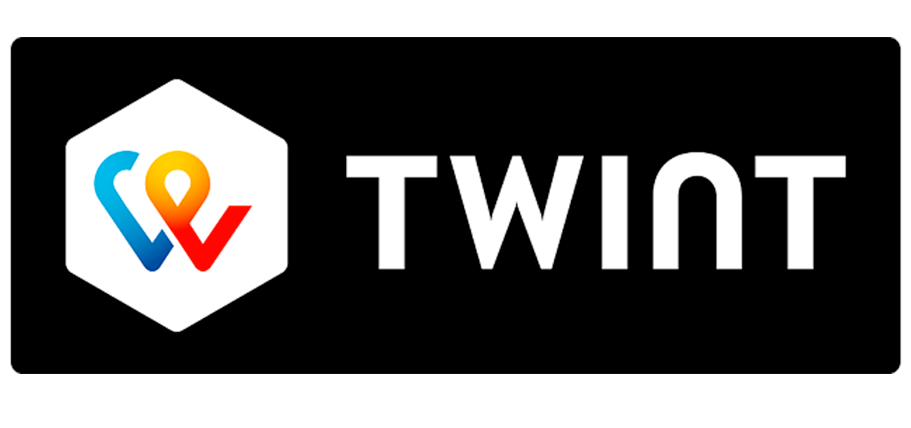Introducing QHYCCD's CFW3 motorized filter wheels
QHYCCD's CFW3 series of motorized filter wheels is state-of-the-art equipment designed to meet the requirements of astrophotographers and astronomical researchers. These devices enable fast, precise switching between different optical filters, which is essential for multispectral imaging, narrow-band observation, or scientific projects requiring wide spectral coverage.
The CFW3 series is available in several models: CFW3S-SR/US, CFW3M-SR/US, CFW3L, and CFW3XL, each with specific features to suit different needs. An important distinction between the SR and US versions lies in the physical depth of the filter wheel, which has a direct impact on integration into complex optical setups.
Technical features common to the CFW3 series
1. Mechanical precision and motorization
- Filter positioning : High-precision stepper motor guarantees exact positioning with exceptional repeatability.
- Minimized vibration: The drive mechanism is designed to minimize vibration and ensure quiet operation.
- Filter change time : Average filter change time is less than 2 seconds, optimizing workflow.
2. Robust, compact design
- Material : Aircraft-grade anodized aluminum, resistant to environmental conditions (humidity, thermal variations).
- Backfocus reduction : The compact design reduces the overall backfocus of the optical system.
- SR and US versions : SR versions are thinner, ideal for low backfocus setups, while US versions are slightly thicker, offering more flexibility for accessories.
3. Hardware and software compatibility
- Compatible software : ASCOM, NINA, Maxim DL, SGP (Sequence Generator Pro).
- Connectivity : USB or serial connection with some QHYCCD cameras.
- Upgradeable firmware : Ensures future compatibility with software updates.
4. Filter capacity
- Filter formats : 1.25", 31 mm unmounted, 36 mm unmounted, 2", 50 mm unmounted depending on model.
- Interchangeable plates : Enables rapid customization according to project needs.
The different versions of the CFW3 series
1. Model CFW3S-SR/US
- Capacity : Up to 7 filters in 1.25" or 31 mm format, unmounted.
- Recommended use: Ideal for compact CMOS or CCD sensors such as the QHY183 or QHY294.
- SR/US : SR: Thinner version for low backfocus, US: Deeper version, offering greater compatibility with certain accessories.
2. Model CFW3M-SR/US
- Capacity : Up to 7 unmounted 36mm filters.
- Recommended use: Suitable for intermediate sensors such as QHY268M or QHY600M.
- SR/US : SR: Thinner version for low backfocus, US: Deeper version.
3. Model CFW3L
- Capacity : Up to 7 filters in 2" format or up to 9 filters in 50 mm format unmounted.
- Recommended use: Designed for full-format sensors such as the QHY16200A or QHY600 Pro.
- Distinction: No SR/US distinction here.
4. Model CFW3XL
- Capacity : Up to 10 unmounted 50 mm filters.
- Recommended use: For professional astrophotographers using very large-format sensors.
Major differences between versions
- Capacity in number and size of filters : S/M models are designed for compact/intermediate setups, while L/XL models are aimed at professional configurations with full-format or very large-format sensors.
- Physical depth : SR: Thin version, ideal for minimizing backfocus, US: Slightly deeper version offering greater flexibility.
Practical applications of CFW3 filter wheels
- Narrow-band imaging (Ha, OIII, SII), where positioning accuracy is crucial.
- Scientific projects requiring the simultaneous use of numerous photometric filters.
- Advanced color astrophotography combining LRGB + narrow bands.
Efficient CFW3 series summary
- Four main models (S/M/L/XL) to suit different needs in terms of size and number of filters.
- Precise stepper motor with fast changeover (<2 seconds).
- Extended compatibility with ASCOM/NINA software and modern QHYCCD cameras.
- Robust anodized aluminum construction reduces overall backfocus.
- SR (shallow depth) and US (standard depth) versions available on S/M models.
Conclusion
In conclusion, the QHYCCD CFW3 range is an essential choice for maximizing optical flexibility while maintaining impeccable quality in your advanced astronomical imaging projects!




